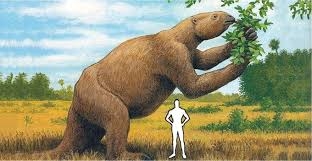Persea americana is the botanical name for avocado. It's been traditionally subdivided into tribes or groups comprising the Mexican, Guatemalan and West Indian horticultural races. The races look, taste and even smell different, but they hybridize easily so, they are considered one species. All the breeding that is done to create more and different and hopefully better avocado trees and fruit and roots is done with these three races. Now, plant explorers have been looking in a different area of South America and think they have found a new race:
"Pleistocene-dated genomic divergence of avocado trees supports cryptic diversity in the Colombian germplasm" https://link.springer.com/article/10.1007/s11295-023-01616-8).
This study identified two ancient Colombian genetic clusters of avocados beyond the three traditionally recognized races. These cryptic groups were genetically different and presented minor heterozygosity scores, with possible origin from the West Indian group (alternatively, although less parsimonious, it could also be the case that the West Indian radiate from the Colombian group). The Colombian sub-populations are in two distinct geographic regions, the Andes and the Caribbean, which may reflect divergent local adaptation after the initial colonization from Mesoamerica during the Pleistocene. Exploring the avocado genetic resources in South America will allow identifying genotypes with superior characteristics adapted to diverse agro-ecologies, which may source the selection of new cultivars and rootstock genotypes.
It is a somewhat dense discussion of the process of identifying this new race, but it's a fun look at the sleuthing process.
https://link.springer.com/article/10.1007/s11295-023-01616-8
Image: The now extinct giant ground sloth was considered one of the major agents of avocado seed distribution before humans.
